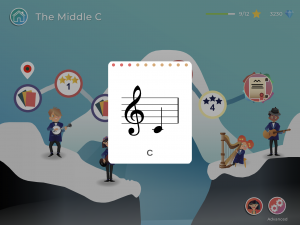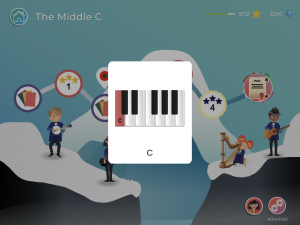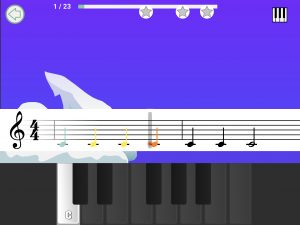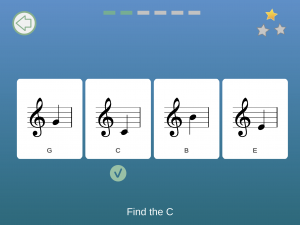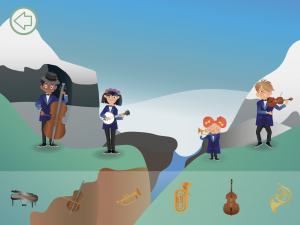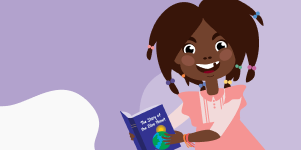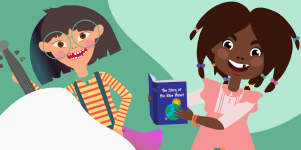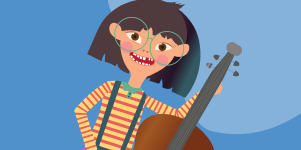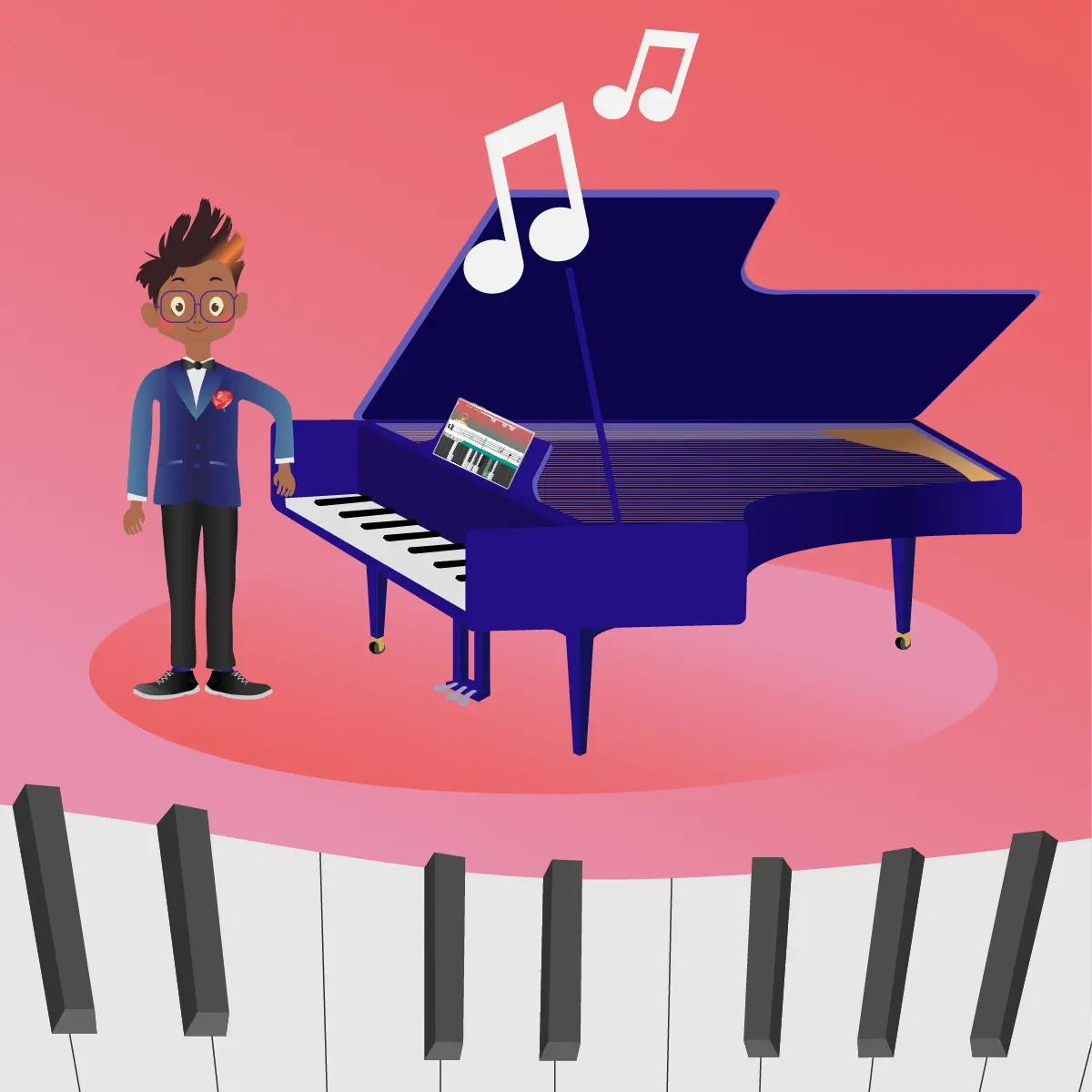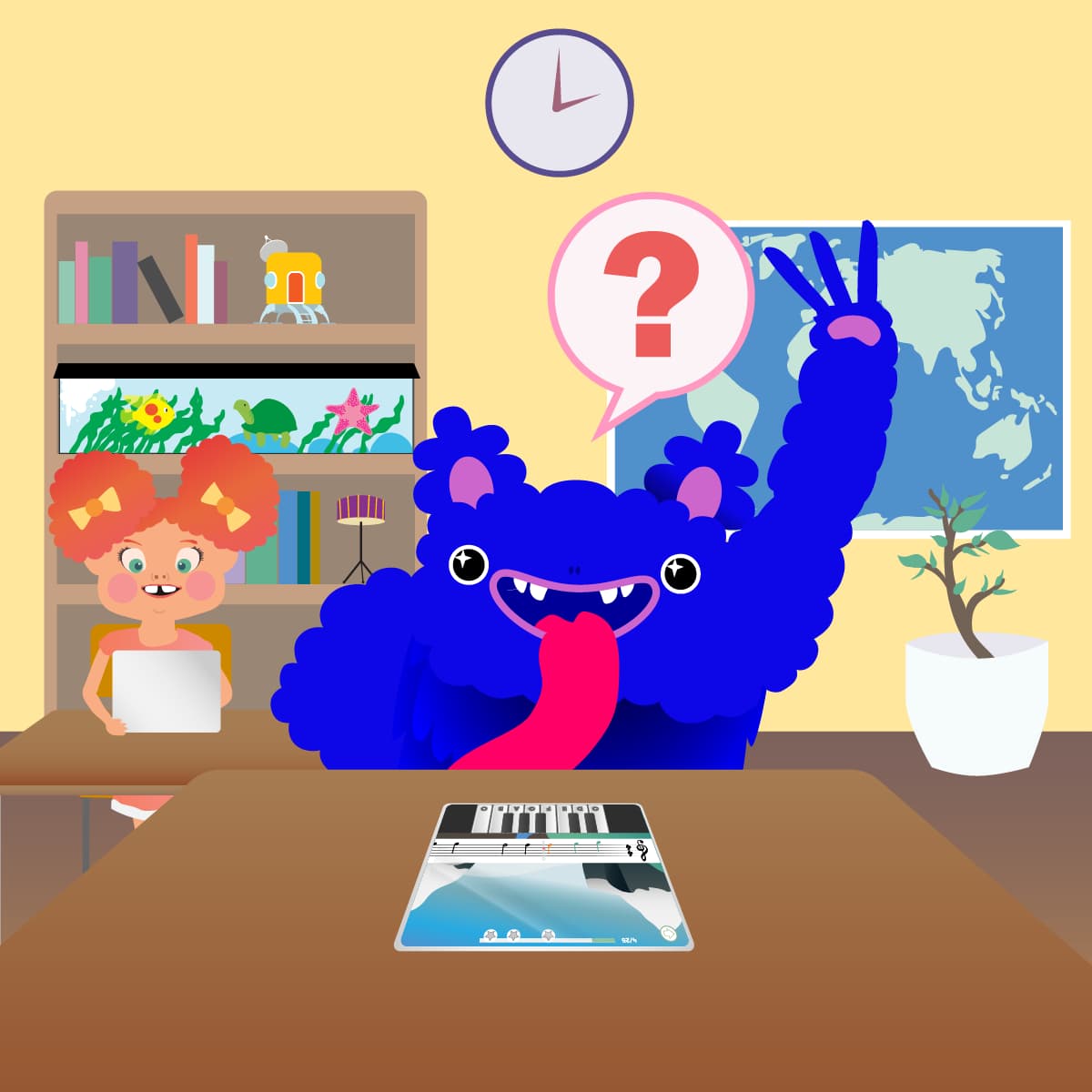Learn About Musical Notes — With Mussila!
When children learn about music, particularly how notes work, you’ll find that children — even adults — think that musical notes look like lots of different things! Some notes have flag poles that run up one side or down the other. Some of those “flagpoles” even have flags on them! There are solid black notes on the musical staff (those five lines upon and between which notes rest), while others have holes in their centers. Some notes even connect to change the rhythm or make things called chords.
When you’re learning about notes for the first time, remember that a note is:
- A tone that relates to where it sits on the staff
- A measurement of how long or short it lasts
Learn About Notes Through Play With Mussila
Understanding how notes work can seem complicated at first. Figuring out just where to begin can seem like a challenge, too, for any child, even grownups. Here is where Mussila, an internationally recognized music learning app for kids can help. Mussila takes something that seems complicated and turns it into something relatable, understandable, and, most importantly, fun. Mussila is one of the best apps to learn the basics of music and piano. It’s also one of the best apps for kids! Mussila simplifies the music learning process by combining a gamified learning experience with familiar songs.
Start Learning Notes With The Middle C And Mussila
The Middle C is the perfect starter note for learning music fundamentals. Think of it this way; the Middle C is the “home base” for kids. It’s the musical point of reference that they’ll return to time and time again along their journey. As your child learns with Mussila, they’ll discover and explore the Middle C first the Learn Path. It’s on the Learn Path that children learn to play the Middle C on the keyboard and recognize it on the staff, whether by playing a song or by comparing it to other notes. There are plenty of challenges for children to return to along the Learn Path. This way, your child will learn everything they need to know about the Middle C.
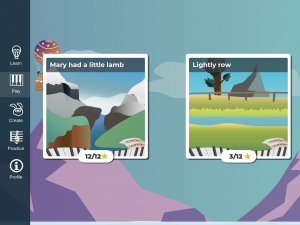
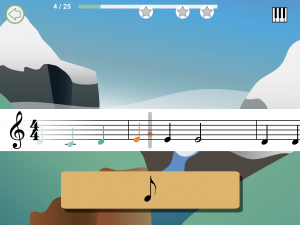
Learning Through Play With Mussila
Learning through play is a well-established methodology that encourages learners, young and old, to make sense of the world around them by playing in it. These very same concepts apply when learning about music and musical instruments. Practice doesn’t need to make perfect with learning through play; this where Mussila shines with its curriculum. Children make sense of the musical world on the Learn Path, and play on the, well, Play Path. But no matter which path your child is discovering, the focus is always on playing with music to make sense of it in their minds and surroundings.
So, then, what about notes that look like the Middle C, but have flags on them, or none at all? The Play Path uses familiar songs to connect children’s motor skills with what they practiced on the Learn Path.
By “playing along” to a familiar song like Mary Had a Little Lamb, there’ll be lots to recognize. Children will also notice new notes and shapes.
By learning and playing along to familiar songs, children will intuitively have an easier time learning while they are playing. And because of this, children will better understand that there are different kinds and shapes of note too — all with songs that they already know. With Mussila, children will build a musical foundation that lasts a lifetime.
So, What’s Next?
Your child’s musical education doesn’t end with learning about musical notes. There’s more to discover. Learn to read music, recognize different instruments, play in a band, conduct a band, or be a DJ! You can watch your child explore all of these paths and more with Mussila. Download Mussila from the App Store or Google Play for your phone or tablet.

